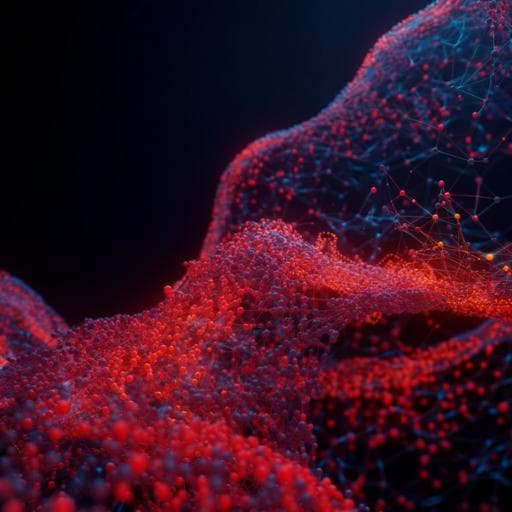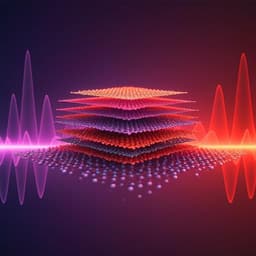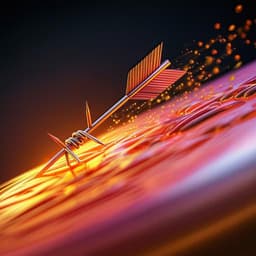
Engineering and Technology
Ubiquitous organic molecule-based free-standing nanowires with ultra-high aspect ratios
K. Kamiya, K. Kayama, et al.
Discover groundbreaking research by Koshi Kamiya and colleagues from Kyoto University and the Takasaki Advanced Radiation Research Institute, where a novel technique using high-energy charged particles has led to the production of free-standing 1D organic nanostructures with incredibly high aspect ratios. This innovative approach promises significant advancements in semiconductor device integration and functionality.
~3 min • Beginner • English
Related Publications
Explore these studies to deepen your understanding of the subject.







